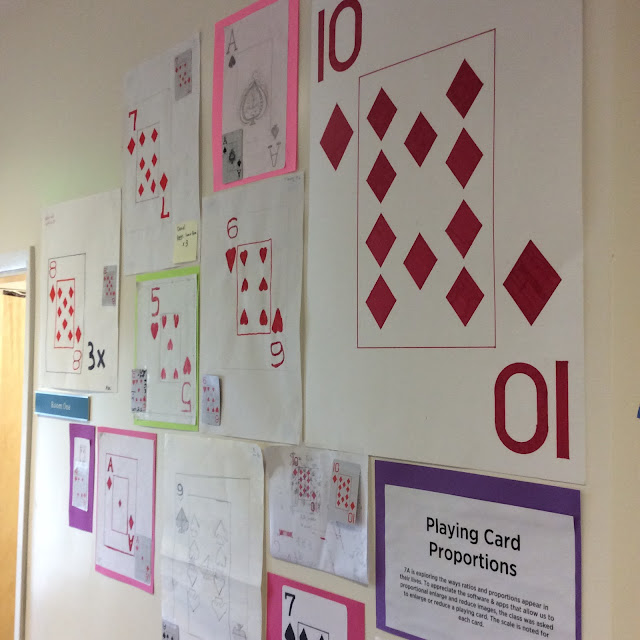Math challenges are designed to push the students on multiple fronts. They need to decipher the problem; they must identify the tools required to solve the problem; they must use the tools correctly; determine if their solution is reasonable; and then figure out how to communicate their thinking on paper and then translate it for an audience. Whew!
I choose math challenges for different purposes each week. Sometimes it will push their problem-solving skills or it might be difficult to document or both! This was a tough math challenge, but I wanted to see what 7B would do when up against something that was hard and that they might not have all the pieces to figure out. Here is the original problem:
The symbols and representation were a hurdle for most students. Those who were able to translate the information in the problem then struggled to figure out how to glean information from the statements. It was great to have students share what they were able to find out and what they could rule out to be true. Everyone who came up to share added more information to the pool of knowledge. I was really impressed with how students were able to give credit to peers and their efforts, especially those who did not solve the problem, but advanced our understanding of the problem.
The students who were able to complete the problem shared their strategies and key pieces of information that helped them solve the problem. To quote the students, "My mind is blown!" It was satisfying to see the students who solved the problem be able to answer questions about their work and defend their choices. I was particularly impressed with EB2018's ability to find different ways to answer essentially the same question, multiple times.
We are starting a new tradition with our math challenges this year. After the sharing phase, students are going to reflect on their process, describe what they learned during sharing, and synthesize their experience in a journal entry. I was pleased with our first go around with the reflections. I believe that this is the next step to developing their skills as problem-solvers and communicators. Here are samples of what was written.
Please ask you child to tell you more about this problem and its solution!



































